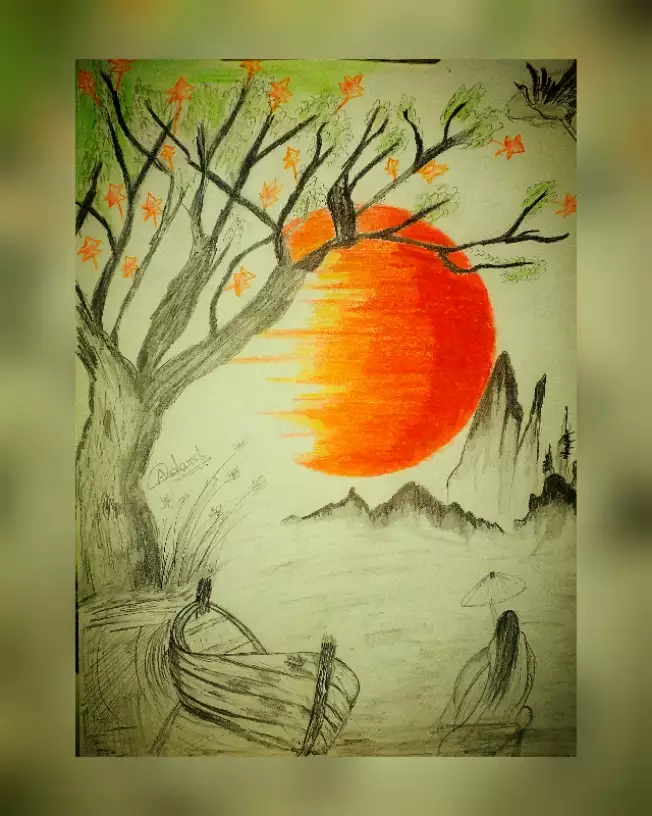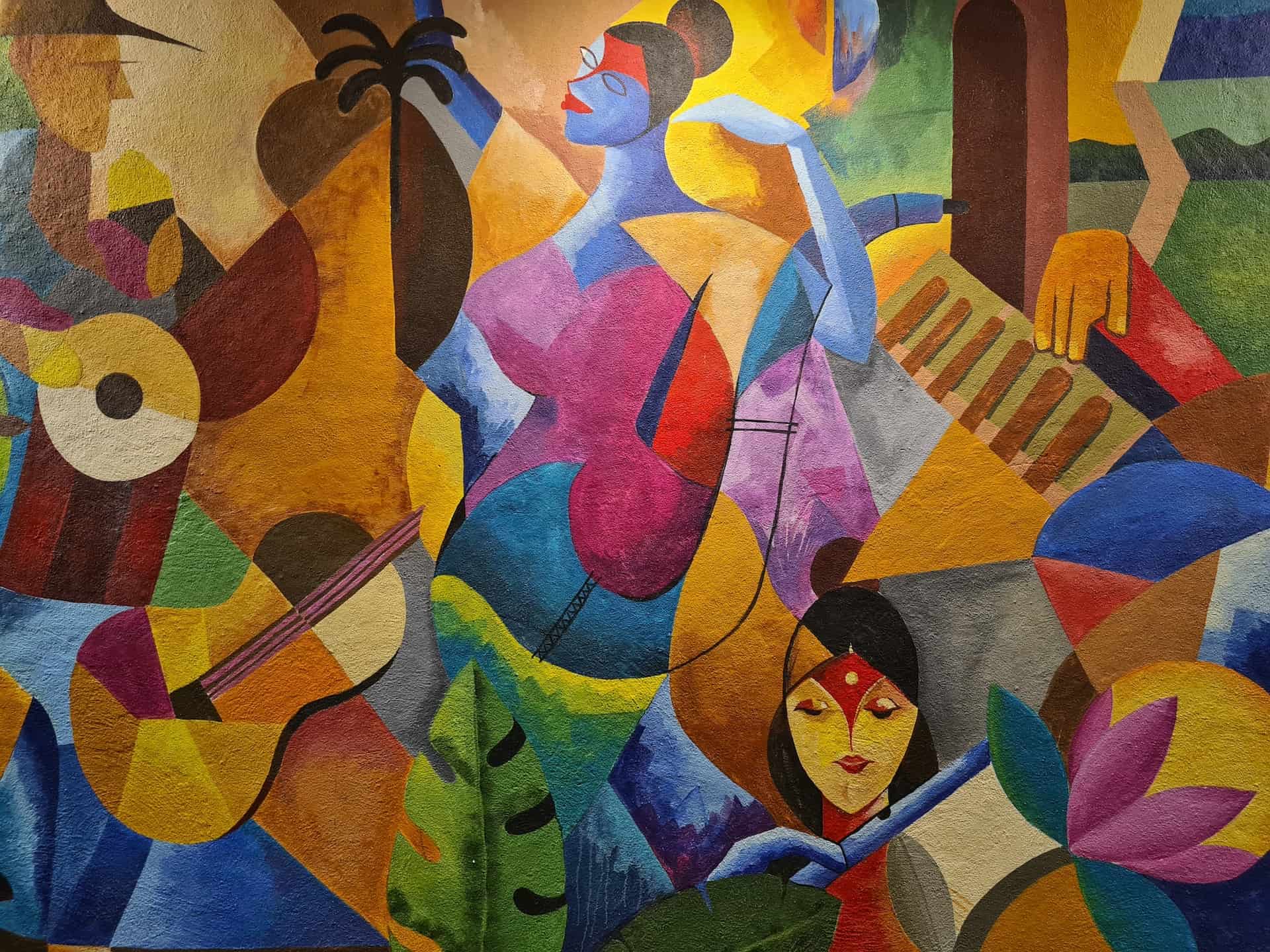The Intersection of National Politics and Appearances in Trump Art
The Intersection of National Politics and Appearances in Trump Art
Blog Article
Delving Into the Diverse Globe of Artistic Expression: From Surrealism to Abstract Realistic Look
In the world of artistic expression, from the dreamlike landscapes of surrealism to the complex play of light and form in abstract realistic look, artists have continually pressed the limits of imagination and creativity. As we check out the multifaceted globe of art, we are offered with a tapestry of designs, techniques, and viewpoints that challenge our understanding and provoke contemplation.
Surrealism: Letting Loose the Subconscious
Surrealism, an avant-garde artistic activity of the 20th century, looked into the depths of the subconscious, revealing a world of dream-like images and unique associations. Led by artists like Salvador Dali, René Magritte, and Joan Miró, Surrealism looked for to challenge the traditional means of seeing and comprehending art. Through techniques such as automatism and desire evaluation, Surrealist artists aimed to use the unconscious mind to reveal surprise realities and desires.
Among the essential aspects of Surrealism was the focus on the illogical and the extraordinary. By combining unforeseen components in their jobs, Surrealist artists aimed to produce a feeling of disorientation and shock in the visitor. This disruption of reasoning and reason was indicated to prompt a deeper expedition of the subconscious and the mysteries of the human psyche.
Abstract Realism: Redefining Understanding
Testing typical artistic boundaries, Abstract Realism redefines assumption with the fusion of well-known aspects with abstract kinds. This innovative strategy to art integrates the representational precision of realistic look with the imaginative liberty of abstraction, using viewers an one-of-a-kind aesthetic experience that prompts them to question their understanding of truth.
In Abstract Realistic look, artists strive to catch the significance of their subjects while also instilling their work with a sense of depth and complexity through abstract components. By blending the acquainted with the unknown, these artists invite audiences to involve with their pieces on multiple levels, motivating them to explore the nuances of form, color, and texture.

Cubism: Fragmentising Truth
Using fragmented perspectives and geometric types, Cubism revolutionized the creative representation of reality in the early 20th century. Developed by Pablo Picasso and Georges Braque, Cubism looked for to test conventional ideas of viewpoint and representation. By damaging down objects and figures into geometric shapes and offering them from several viewpoints at the same time, Cubist artists aimed to capture the significance of the subject instead of its literal appearance. This strategy not only deconstructed reality but also stressed the flatness of the canvas, leading the way for future abstract art motions.

Cubism can be classified into two primary stages: Analytical Cubism, identified by single color systems and complex, fragmented types; and Artificial Cubism, which integrated collection elements and brighter shades right into the structures. With these distinct stages, Cubism influenced not only paint but also design, sculpture, and style. trump art. Its effect resounded throughout the art world, motivating musicians to explore new methods of representing the world and translating around them
Expressionism: Feelings on Canvas
Exploring the midsts of human emotions with meaningful and vivid brushstrokes, Expressionism emerged as an extensive creative motion in the very early 20th century. Unlike previous art motions that focused on illustrating the exterior globe, Expressionism looked look these up into the internal world of the musician's subconscious, aiming to stimulate raw feelings and prompt visceral actions from customers.
Expressionist musicians, such as Edvard Munch, Egon Schiele, and Emil Nolde, declined standard notions of charm and realism in support of misshaping kind and color to share subjective sensations. Making use of overstated brushwork, vibrant shades, and distorted numbers assisted develop a feeling of anxiousness, alienation, or enthusiasm in their works.
Among one of the most renowned instances of Expressionism is Munch's "The Scream," which captures the intense anxiousness and anguish of contemporary life through its swirling, distorted number versus a blood-red sky. Via their mentally billed jobs, Expressionist musicians sought to test conventional creative norms and supply a home window right into the unstable depths of the human soul.
Contemporary Art: Evolving Perspectives

Among the specifying qualities of modern art is its constant development and ability to adapt to altering cultural landscapes. Artists are significantly incorporating modern technology into their practice, obscuring the lines between find the electronic and physical realms. This combination of tools allows for ingenious methods of storytelling and involving with target markets in an extra interactive manner.
In addition, contemporary art often works as a system for social discourse, attending to pressing issues such as identity, politics, and the environment. Artists are utilizing their job to stimulate essential conversations and provoke idea, dropping light on the intricacies of the globe we stay in. As point of views remain see this site to progress, contemporary art remains a significant and dynamic pressure in shaping our social landscape.
Final Thought
Finally, the globe of artistic expression encompasses a large range of motions and styles, each with its own distinct strategy to sharing significance and emotion. From surrealism's exploration of the subconscious to abstract realistic look's redefining of perception, and from cubism's fragmentation of reality to expressionism's portrayal of feelings, art remains to evolve and test point of views - trump art. Contemporary art mirrors the ever-changing globe we reside in, using new ways to translate and recognize the intricacies of our truth
As we discover the diverse world of art, we are presented with a tapestry of styles, techniques, and viewpoints that challenge our understanding and prompt reflection. Its influence resounded across the art globe, inspiring artists to explore brand-new methods of representing the globe and translating around them.

Report this page